Javascript Split Array Into Chunks
When working with large arrays in JavaScript, splitting them into smaller chunks can significantly improve performance and memory usage. It allows for parallel processing and multitasking, ultimately making your code more efficient. In this article, we will discuss different methods to split an array into chunks, how to do it in JavaScript, considerations when splitting an array, and alternative approaches to achieve the same results.
Advantages of Splitting an Array into Chunks
1. Improve performance and memory usage: Splitting a large array into smaller chunks makes it easier to handle and manipulate the data. When working with smaller chunks, it reduces the amount of memory needed and improves the overall performance of your code.
2. Enable parallel processing and multitasking: By dividing the array into smaller parts, you can process each chunk independently, utilizing the power of parallel processing. This enables multitasking and can greatly speed up the execution time of your code.
Different Methods to Split an Array into Chunks
1. Using a loop and a temporary array: One of the basic ways to split an array into chunks is to iterate over the original array using a loop and create a temporary array to store the chunks. This method allows for flexibility in chunk size but requires manual iteration and manipulation of the data.
2. Utilizing the slice() method with a constant chunk size: The slice() method in JavaScript allows you to extract a portion of an array into a new array. By using it with a constant chunk size, you can easily split the array into smaller chunks.
3. Implementing the splice() method with a flexible chunk size: Similar to the slice() method, the splice() method can be used to split an array into chunks. The advantage here is that you can have a flexible chunk size, allowing you to adapt to different scenarios and data patterns.
How to Split an Array into Chunks in JavaScript
1. Creating a function to split the array: Start by creating a function that takes in the original array as a parameter and returns an array of chunks.
2. Setting the desired chunk size: Determine the desired size of each chunk. This can be a constant value or a variable depending on the method you choose.
3. Iterating over the array and dividing it into chunks: Use a loop or array manipulation methods like slice() or splice() to divide the array into smaller chunks based on the desired size.
4. Storing the chunks in a new array or performing operations on them: Store the chunks in a new array or perform any desired operations on them, such as processing them in parallel or executing specific tasks on each chunk.
Considerations When Splitting an Array into Chunks
1. Handling uneven chunk sizes and remainders: When the array cannot be divided evenly into chunks of the desired size, the last chunk might be smaller. Consider handling this scenario in your code to ensure all data is processed correctly.
2. Dealing with edge cases, such as empty or small arrays: Your code should be able to handle edge cases, such as empty arrays or arrays that have fewer elements than the desired chunk size.
3. Optimizing the chunk size for specific use cases and data patterns: Experiment with different chunk sizes to find the optimal one for your specific use case. This will depend on the size of the array, available memory, and the tasks you intend to perform on the chunks.
Alternative Approaches to Splitting an Array into Chunks
1. Using built-in JavaScript libraries or frameworks: JavaScript libraries like Underscore.js and Lodash provide built-in functions, such as chunk(), that simplify the process of splitting arrays into chunks.
2. Exploring third-party libraries for more advanced functionality: There are several third-party libraries available that provide advanced functionality for splitting arrays into chunks. These libraries typically offer additional features, such as sorting, filtering, and transforming data.
3. Considering alternative data structures, like linked lists or queues: Depending on your use case, you may find that alternative data structures, like linked lists or queues, better suit your needs. These data structures can be used to split and process data in chunks efficiently.
In conclusion, splitting an array into chunks in JavaScript offers several advantages, including improved performance and multitasking capabilities. By exploring different methods and considering various factors, such as handling uneven chunk sizes and optimizing chunk size, you can efficiently split arrays and process data in a way that suits your specific use case.
Javascript Coding Interview Question | Split Array Into Chunks
How To Split An Array Into Even Chunks In Javascript?
When working with arrays in JavaScript, there may be scenarios where you need to split an array into smaller, even-sized chunks. This can be useful for various purposes, such as processing data in batches, creating paginated views, or improving performance by limiting the amount of data processed at once. In this article, we will explore different approaches to achieve this task in JavaScript.
There are several ways to split an array into even chunks. Let’s discuss a few of them.
1. Using the splice() method and a loop:
One way to split an array into even chunks is by using the splice() method and a loop. The splice() method allows us to extract a portion of an array and returns the extracted elements as a new array. We can utilize this method to achieve our goal.
“`javascript
const splitArrayIntoChunks = (array, chunkSize) => {
const chunks = [];
let i = 0;
while (i < array.length) {
chunks.push(array.splice(i, chunkSize));
}
return chunks;
};
```
In the above code, we initialize an empty array `chunks` to hold our resulting chunks. We then use a `while` loop to iterate through the original `array`, splicing out `chunkSize` elements at a time and pushing them into `chunks`. Finally, we return the `chunks` array, which contains our even-sized chunks.
2. Using the slice() method and a loop:
Another approach is to use the slice() method and a loop. The slice() method returns a shallow copy of a portion of an array into a new array object. By utilizing this method, we can create our even-sized chunks.
```javascript
const splitArrayIntoChunks = (array, chunkSize) => {
const chunks = [];
for (let i = 0; i < array.length; i += chunkSize) {
chunks.push(array.slice(i, i + chunkSize));
}
return chunks;
};
```
In this code snippet, we create an empty array `chunks` to store our chunks. With a `for` loop, we iterate through the original `array` in increments of `chunkSize`. During each iteration, we extract a portion of the `array` using the `slice()` method and push it into `chunks`. Finally, we return the resulting `chunks` array.
3. Using the reduce() method:
The reduce() method is a powerful tool that can also be used to split an array into even-sized chunks.
```javascript
const splitArrayIntoChunks = (array, chunkSize) => {
return array.reduce((resultArray, item, index) => {
const chunkIndex = Math.floor(index / chunkSize);
if (!resultArray[chunkIndex]) {
resultArray[chunkIndex] = [];
}
resultArray[chunkIndex].push(item);
return resultArray;
}, []);
};
“`
Here, we use the reduce() method to iterate through the original `array`. For each element, we calculate its chunk index based on its index and `chunkSize`. We then check if the `resultArray` already has a sub-array for that chunk index. If not, we initialize it as an empty array. Finally, we push the current element into the appropriate chunk sub-array. The `reduce()` method accumulates these chunk sub-arrays, and we return the resulting `resultArray`.
FAQs:
Q1: Can I split an array into uneven chunks?
A1: Yes, you can split an array into uneven chunks by using the provided methods with variations. Instead of having fixed `chunkSize`, you can adjust it dynamically to split the array into desired sizes.
Q2: Are these methods efficient for large arrays?
A2: The efficiency of these methods depends on the size of the array. Using a loop with the splice() method may be less efficient for large arrays since it needs to modify the original array repeatedly. The slice() method and reduce() method, however, create new arrays and can be more efficient in such cases.
Q3: What happens if the array length is not divisible by the chunk size?
A3: If the array length is not divisible by the chunk size, the last chunk will contain the remaining elements (which may be less than the chunk size). It’s important to be aware of this when processing the resulting chunks.
In conclusion, splitting an array into even chunks can be achieved using various methods in JavaScript. We discussed three popular approaches – using the splice() method and a loop, using the slice() method and a loop, and using the reduce() method. Each has its advantages and may be more suitable depending on the specific requirements of your application. By understanding these techniques, you can efficiently work with arrays and process data in manageable chunks, improving the overall performance of your JavaScript code.
How To Make An Array Chunk Javascript?
In JavaScript, arrays are commonly used to store and manipulate sets of data. Often, there arises a need to split a large array into smaller chunks, allowing for easier processing or displaying of data. This process of breaking down an array into smaller, more manageable chunks is known as array chunking. In this article, we will explore different techniques to achieve array chunking in JavaScript, providing comprehensive guidance on how you can make the most of this valuable functionality.
Understanding Array Chunking
Before diving into the details, let’s first understand the concept of array chunking. Array chunking involves dividing an array into subarrays with a specified size. By doing so, you can separate a long list of elements into more digestible portions, facilitating better analysis or presentation.
For instance, imagine you have an array with ten elements: [1, 2, 3, 4, 5, 6, 7, 8, 9, 10]. To chunk this array into subarrays of size three, you would end up with three subarrays: [[1, 2, 3], [4, 5, 6], [7, 8, 9], [10]]. Each subarray becomes a smaller, more manageable chunk of the original array.
Techniques for Array Chunking
There are several methods to achieve array chunking in JavaScript. Let’s explore three commonly used techniques:
1. Using the slice() method: JavaScript arrays come with a built-in slice() method that allows us to extract a portion of an array. By combining this method with a loop, we can create chunks of the desired size. Here’s an example implementation:
“`
function chunkArray(array, size) {
const chunks = [];
for (let i = 0; i < array.length; i += size) {
chunks.push(array.slice(i, i + size));
}
return chunks;
}
```
In this approach, we iterate over the original array, incrementing the loop counter by the desired chunk size. With each iteration, we slice out a portion of the array and push it into a separate chunk array. Finally, the chunked array is returned.
2. Using the splice() method: The splice() method, similar to slice(), can be employed for array chunking. By splicing out portions of the array based on the desired chunk size, we can construct an array of chunks. Here's an example implementation:
```
function chunkArray(array, size) {
const chunks = [];
while (array.length > 0) {
chunks.push(array.splice(0, size));
}
return chunks;
}
“`
With this approach, we use a while loop that continues until the original array is emptied. Inside the loop, we splice out a chunk of size ‘size’ from the original array and push it into the chunk array. The loop repeats until the original array is fully chunked, and the resulting array is returned.
3. Utilizing the reduce() method: The reduce() method can also be leveraged to achieve array chunking, providing a more concise and elegant solution. Here’s an example implementation:
“`
function chunkArray(array, size) {
return array.reduce((chunks, item, index) => {
if (index % size === 0) {
chunks.push([item]);
} else {
chunks[chunks.length – 1].push(item);
}
return chunks;
}, []);
}
“`
In this approach, we utilize the reduce() method to iterate over the original array. The chunks are accumulated by either creating a new subarray if the current index is divisible by the desired size, or by appending the item to the last subarray. Finally, the accumulated chunks are returned as an array.
FAQs
1. How can I specify the chunk size?
To specify the chunk size, simply pass the desired size as a parameter when calling the chunkArray() function in any of the aforementioned techniques. This flexibility allows you to chunk arrays dynamically based on your specific needs.
2. Can I apply array chunking to multidimensional arrays?
Yes, array chunking techniques discussed in this article can be applied to multidimensional arrays as well. By applying the chosen method to each subarray, you can chunk multidimensional arrays according to the desired size.
3. Is there any performance difference between the array chunking techniques?
While all three techniques achieve the same outcome, performance characteristics vary depending on the size of the array. The slice() method is generally the fastest, followed by the splice() method. The reduce() method, despite being concise, may be slower for larger arrays due to multiple function calls.
Conclusion
Array chunking is a valuable technique that allows us to break down large arrays into smaller, more manageable portions. In this article, we explored three common methods to achieve array chunking in JavaScript: using slice(), splice(), and reduce(). Each technique provides a way to split arrays with ease, and the choice depends on your specific requirements and performance considerations. By mastering these techniques, you can effectively manipulate, analyze, or present your data in a more organized manner, enhancing the overall functionality of your JavaScript applications.
Keywords searched by users: javascript split array into chunks Split array JavaScript, Java split array into chunks, Split array to multiple arrays, Typescript array slice, Lodash chunk, Slice js, Chunk array lodash, Split array to multiple arrays PHP
Categories: Top 22 Javascript Split Array Into Chunks
See more here: nhanvietluanvan.com
Split Array Javascript
JavaScript is a versatile programming language that offers a wide range of methods to manipulate arrays. One such method is the Split Array method, which allows you to break down an array into smaller arrays based on a specific criteria. In this article, we will dive deep into the concept of split array in JavaScript, exploring its syntax, various usage scenarios, and some practical examples. So, let’s get started!
Understanding the Split Array Method
The split array method is a built-in JavaScript function that helps you divide a given array into multiple smaller arrays. It takes an argument called the separator, which can be either a value or a regular expression. The separator determines where the original array should be split. The split array method returns a new array consisting of the divided parts.
Syntax of Split Array Method
The split array method has a straightforward syntax:
array.split(separator, limit)
Here, “array” refers to the original array you want to split, “separator” defines the criteria for splitting, and “limit” is an optional parameter indicating the maximum number of splits you want to make. If the limit is not specified or is 0, the entire array will be split.
Usage Scenarios of Split Array
The split array method finds application across various scenarios. Some of the most common use cases include:
1. Parsing Strings: Splitting a string into an array of substrings is a common requirement. By using the split array method on a string, you can convert it into an array of words, characters, or any custom separator values.
2. Chunking Large Arrays: Splitting a large array into smaller, more manageable chunks is often necessary for optimization purposes. It allows for smoother processing and prevents memory overflow.
3. Filtering Array Elements: By splitting an array based on a specific criterion, you can separate elements that meet a particular condition into a new array. This is useful, for example, when categorizing data or filtering out irrelevant values.
Practical Examples of Split Array
To grasp the concept better, let’s explore a few practical examples showcasing the split array method in action:
Example 1: Splitting a String
“`
const sentence = “Hello, world! How are you?”;
const words = sentence.split(” “);
console.log(words);
“`
Output: [“Hello,”, “world!”, “How”, “are”, “you?”]
In this example, the original string “Hello, world! How are you?” is split at each space character, resulting in an array of individual words.
Example 2: Chunking an Array
“`
const numbers = [1, 2, 3, 4, 5, 6, 7, 8, 9, 10];
const chunks = numbers.split(“,”, 2);
console.log(chunks);
“`
Output: [[1, 2, 3, 4, 5], [6, 7, 8, 9, 10]]
Here, the original array is chunked into two arrays based on the separator “,”, with the limit set to 2. The resulting chunks contain five elements each.
Frequently Asked Questions (FAQs):
Q. Can I split an array without providing a separator?
A. No, the split array method requires a separator to determine where the array should be split. However, if you want to split the array by each individual element, you can use an empty string (“”) as the separator.
Q. Does the split array method modify the original array?
A. No, the split array method returns a new array and leaves the original array intact. It does not modify the original array.
Q. Can I split an array based on a regular expression?
A. Yes, the separator parameter in the split array method can be a regular expression. This provides flexibility in splitting arrays based on more complex patterns.
Q. Is there a limit to the number of splits I can make using the split array method?
A. No, there is no theoretical limit to the number of splits, but you can optionally specify a limit to control how many splits you want to make.
Q. How can I split an array into fixed-size chunks?
A. To split an array into fixed-size chunks, you can use a combination of the split array method and the array.slice() method. By specifying the desired chunk size as the limit, you can create separate arrays of equal lengths.
In conclusion, the split array method in JavaScript provides a powerful tool for dividing arrays into smaller parts. It offers flexibility in parsing strings, chunking arrays, and filtering data. By exploring the syntax, use cases, and practical examples discussed in this article, you can leverage the split array method to enhance your JavaScript programming skills.
Java Split Array Into Chunks
Introduction
In Java, splitting an array into smaller chunks can be a common requirement in various programming scenarios. Whether you need to process large datasets efficiently, distribute workload among multiple threads, or transmit data over a network, understanding how to split an array into manageable chunks is crucial. This article aims to explore different approaches and techniques for efficiently splitting Java arrays into smaller, more manageable pieces.
Table of Contents:
1. Manually Splitting Java Arrays
2. Using Guava Library for Array Chunking
3. Apache Commons Lang Chunking Techniques
4. Efficient Chunking with Java 8 Streams API
5. FAQs
1. Manually Splitting Java Arrays
The most straightforward approach to splitting an array into chunks is by manually iterating over the array elements and dividing them into smaller subarrays. This method involves using nested loops and creating subarrays based on a predetermined size criterion. However, the drawback of this method is that it requires manual coding and can become complex and error-prone.
2. Using Guava Library for Array Chunking
The popular Guava library provides convenient methods to split arrays into chunks. One such method is the `Lists.partition()` function, which accepts an array and the desired chunk size as inputs, returning a List of sublists, each representing a chunk. This method simplifies the process, eliminating the need for manual iteration and reducing the chances of errors. Guava’s implementation is efficient and optimized for high performance.
3. Apache Commons Lang Chunking Techniques
Apache Commons Lang offers several helpful methods for splitting arrays into chunks. The `ArrayUtils.subarray()` method allows you to extract a portion of the array corresponding to a start and end index. By repeatedly calling this method with varying indices, you can obtain smaller subarrays that constitute the desired chunks. Additionally, the library provides a convenient method called `ArrayUtils.toChunks()` that partitions an array into equal-sized chunks, returning an array of arrays. This method reduces the complexity of manually performing the chunking operation.
4. Efficient Chunking with Java 8 Streams API
Java 8 introduced the Streams API, which provides a functional programming approach for processing collections. By leveraging this API, we can efficiently split arrays into chunks. One way to accomplish this is by using the `IntStream` and `Arrays.stream()` methods. By splitting the array into indices based on the desired chunk size, we can create a stream of subarray ranges. Then, using `mapToObj()` and `Arrays.copyOfRange()`, we can convert each range into a separate subarray. This approach takes advantage of the parallel processing capabilities of the Streams API, enabling efficient chunking of large arrays while leveraging multiple CPU cores.
FAQs
Q1. Why would I need to split an array into chunks?
A1. Splitting an array into chunks can be useful in scenarios where you need to process a large amount of data efficiently. By splitting the array into smaller parts, you can distribute the workload among multiple threads or processes, achieving better parallelism and potentially reducing the overall processing time. It is also commonly used in network programming for transmitting data in manageable chunks.
Q2. Which method should I choose for array chunking?
A2. The method you choose largely depends on your specific requirements, preferences, and the libraries you are already using. If you are already using libraries such as Guava or Apache Commons Lang, taking advantage of their built-in chunking methods can be a convenient choice. However, if you prefer a more functional programming approach and are using Java 8 or newer, leveraging the Streams API can provide a concise and efficient solution.
Q3. Can I split the array into unequal-sized chunks?
A3. Yes, you can split the array into unequal-sized chunks using most of the mentioned methods. By adjusting the size criterion while manually splitting the array or specifying the desired chunk size when using library methods, you can obtain chunks of different sizes. However, keep in mind that in some scenarios, having more equal-sized chunks might lead to better load balancing among threads or processes.
Conclusion
Splitting an array into smaller, manageable chunks is a valuable technique in various programming scenarios. Whether you choose to manually split the array, leverage libraries like Guava or Apache Commons Lang, or take advantage of the Streams API, understanding the different chunking methods available in Java can greatly enhance your programming skills. By applying the appropriate chunking technique, you can optimize the processing of large datasets, distribute workload, and improve the performance of your applications.
Split Array To Multiple Arrays
Arrays are an incredibly useful data structure in programming, allowing us to store and manipulate a collection of values under a single variable. However, there are instances where we may need to split a large array into multiple smaller arrays. This operation can serve various purposes, ranging from data processing to efficient memory management. In this article, we will explore the intricacies of splitting arrays into multiple arrays, discussing different approaches, their advantages, and providing practical examples. So, let’s dive in!
Table of Contents:
1. Introduction to Splitting Arrays
2. Various Methods of Splitting Arrays
a. Splitting by Index Range
b. Splitting by Element Value
c. Splitting Equally
3. Comparing Approaches: Advantages and Disadvantages
4. Examples of Splitting Arrays
5. Frequently Asked Questions (FAQs)
a. Can all programming languages split arrays into multiple arrays?
b. Is there a maximum limit to the number of arrays in which an array can be split?
c. Which approach is ideal for splitting arrays with irregular lengths?
d. Can splitting arrays affect performance?
e. Can we merge the split arrays back into the original array?
1. Introduction to Splitting Arrays:
Splitting an array refers to dividing it into multiple smaller arrays based on specific criteria. This process allows us to organize and manipulate data efficiently, especially when dealing with large datasets. There are several approaches to splitting arrays, each tailored to accommodate various programming requirements.
2. Various Methods of Splitting Arrays:
a. Splitting by Index Range:
One common method involves splitting an array based on a range of indices. By specifying the start and end indices, we can extract a subset of the original array as a separate array. This is particularly useful when we want to access specific portions of an array.
b. Splitting by Element Value:
Another approach involves splitting an array based on a specific element value. By iterating through the elements, we can create separate arrays whenever a particular value or condition is met. This method proves useful when searching for specific elements or categorizing them based on certain criteria.
c. Splitting Equally:
In this approach, we divide an array into equal parts, ensuring each smaller array has an equal number of elements. This method is particularly handy when the original array needs to be evenly distributed across multiple arrays.
3. Comparing Approaches: Advantages and Disadvantages:
Each method has its own advantages and disadvantages. Splitting by index range enables us to precisely capture desired segments of an array, but it requires knowledge of specific index values. Splitting by element value allows for more dynamic criteria but may result in varying array lengths. Splitting equally ensures uniform distribution but may not be possible if the array size is not divisible by the desired number of smaller arrays.
4. Examples of Splitting Arrays:
Now, let’s take a look at some practical examples to illustrate the concepts discussed above:
a. Splitting by Index Range:
Consider an array [1, 2, 3, 4, 5, 6, 7, 8]. To split this array from index 2 to 5 (inclusive), we would obtain two arrays: [3, 4, 5, 6] and [7, 8].
b. Splitting by Element Value:
Suppose we have an array [10, 20, 30, 40, 50, 60, 70, 80]. Splitting this array by the element value 40 would yield two arrays: [10, 20, 30] and [50, 60, 70, 80].
c. Splitting Equally:
Let’s say we want to split the array [1, 2, 3, 4, 5, 6, 7] into three equal parts. The resulting arrays would be: [1, 2], [3, 4, 5], and [6, 7].
5. Frequently Asked Questions (FAQs):
a. Can all programming languages split arrays into multiple arrays?
Splitting arrays is a common operation in most programming languages. Although the syntax may differ, the concept applies to almost all languages, including popular ones like Python, JavaScript, Java, and C++.
b. Is there a maximum limit to the number of arrays in which an array can be split?
No, there is usually no limit to the number of arrays into which an array can be split. However, the limit may be imposed by system memory and other computational constraints.
c. Which approach is ideal for splitting arrays with irregular lengths?
Splitting by element value is typically the best approach for arrays with irregular lengths. This allows for flexibility in determining when to create a new array based on the desired condition.
d. Can splitting arrays affect performance?
Splitting arrays can have a minor impact on performance, especially if the array is large or the splitting process is performed repetitively. However, the impact is usually negligible unless the operation is executed excessively.
e. Can we merge the split arrays back into the original array?
Yes, it is possible to merge the split arrays back into the original array. By using appropriate methods to combine arrays, such as concatenation, it is feasible to reconstruct the original array.
In conclusion, splitting arrays into multiple arrays is a versatile technique that programmers utilize for various purposes. Understanding different methods of splitting, their advantages, and proper application allows for efficient data organization and manipulation. So, the next time you encounter a situation where dividing a large array is necessary, you can now confidently employ the appropriate approach.
Images related to the topic javascript split array into chunks
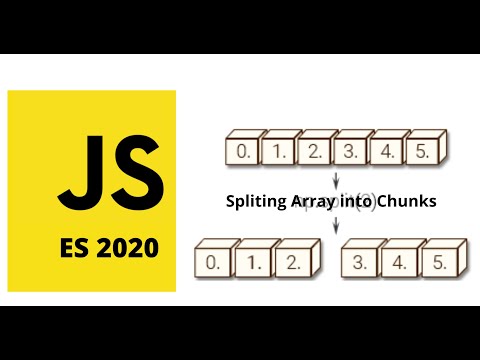
Found 34 images related to javascript split array into chunks theme


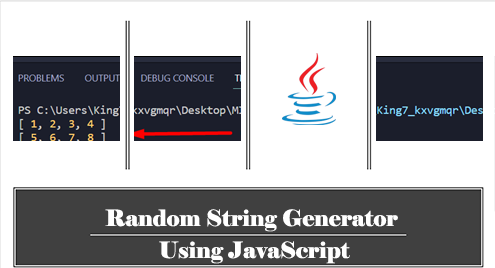

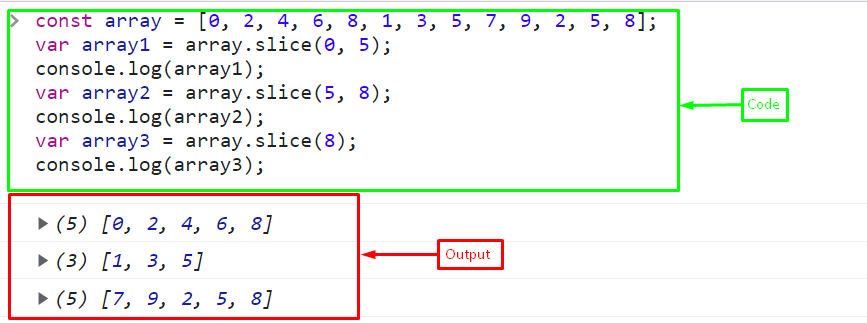


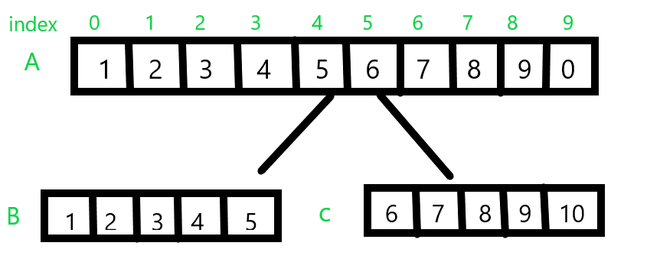


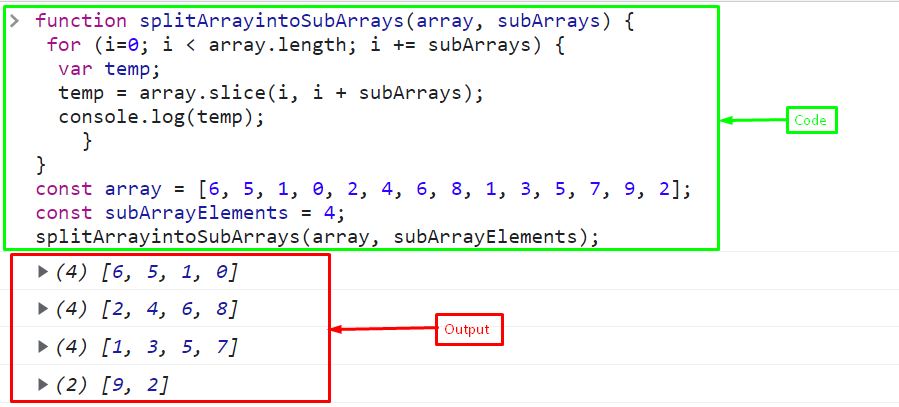








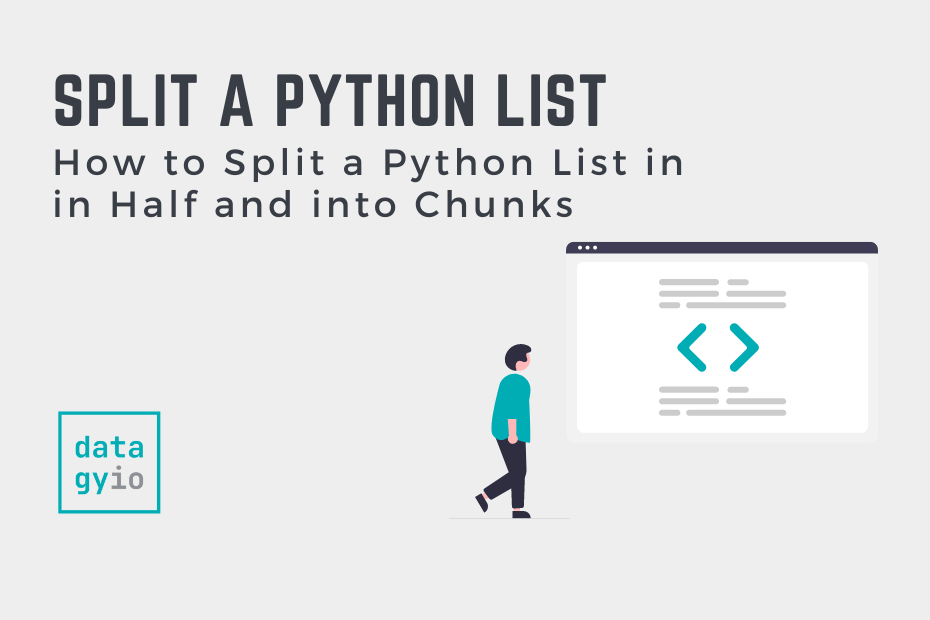

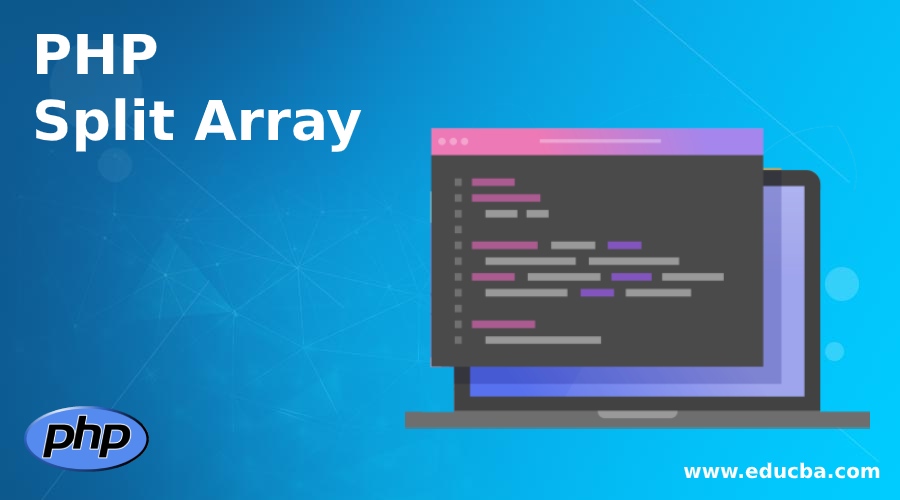


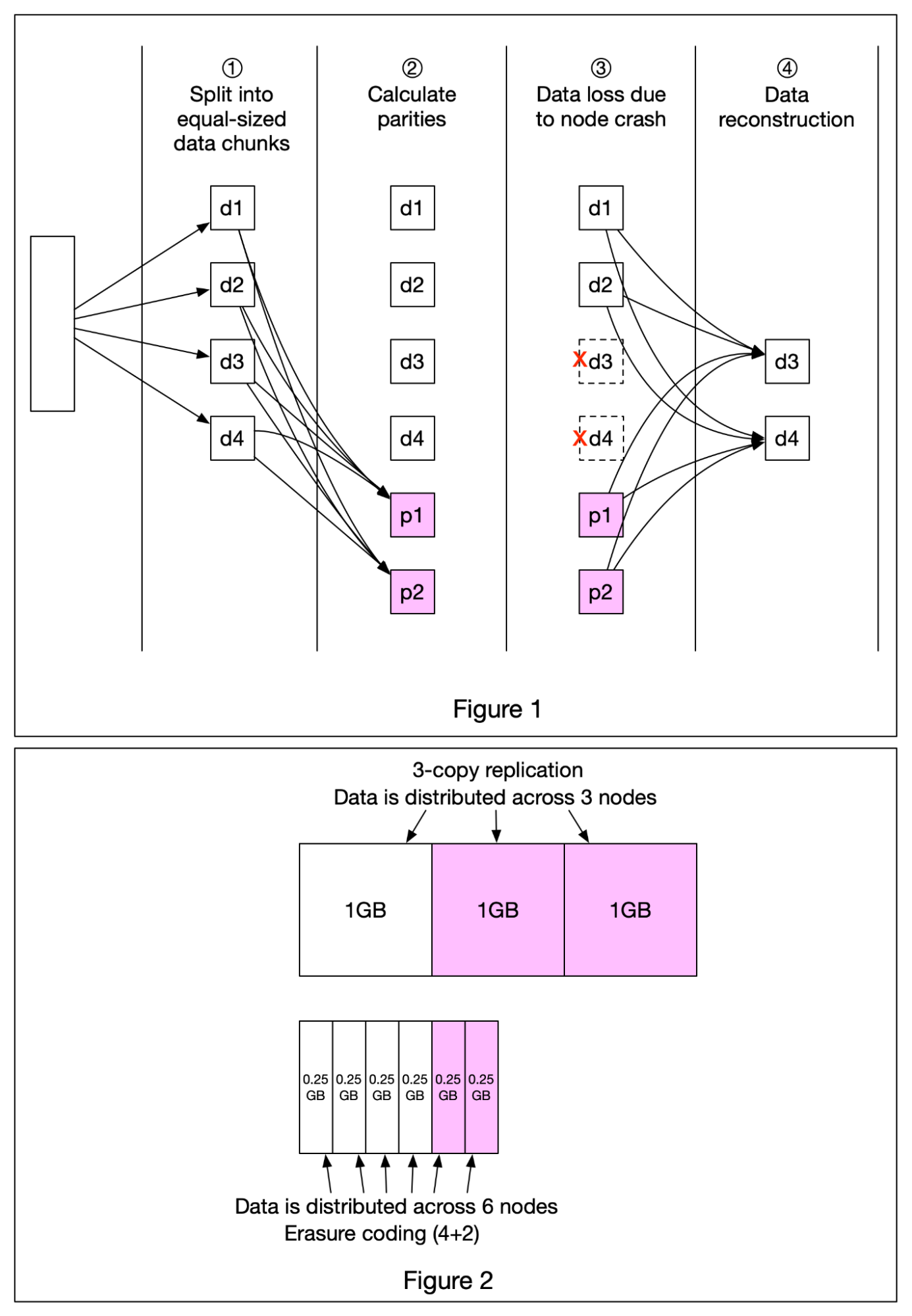


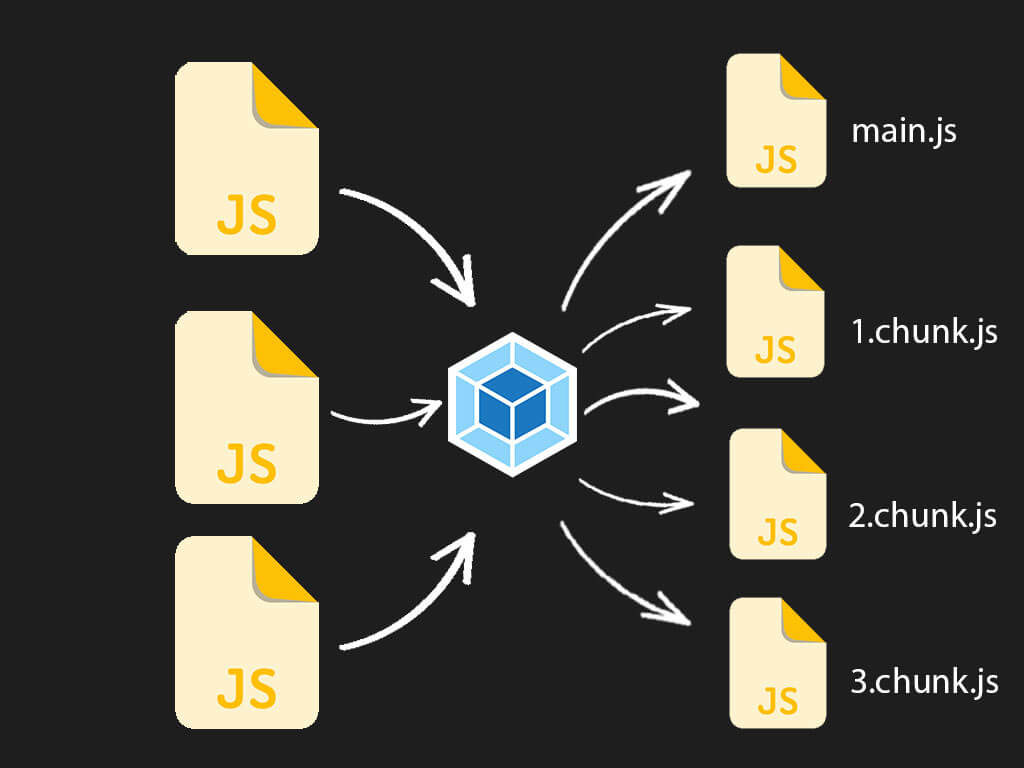







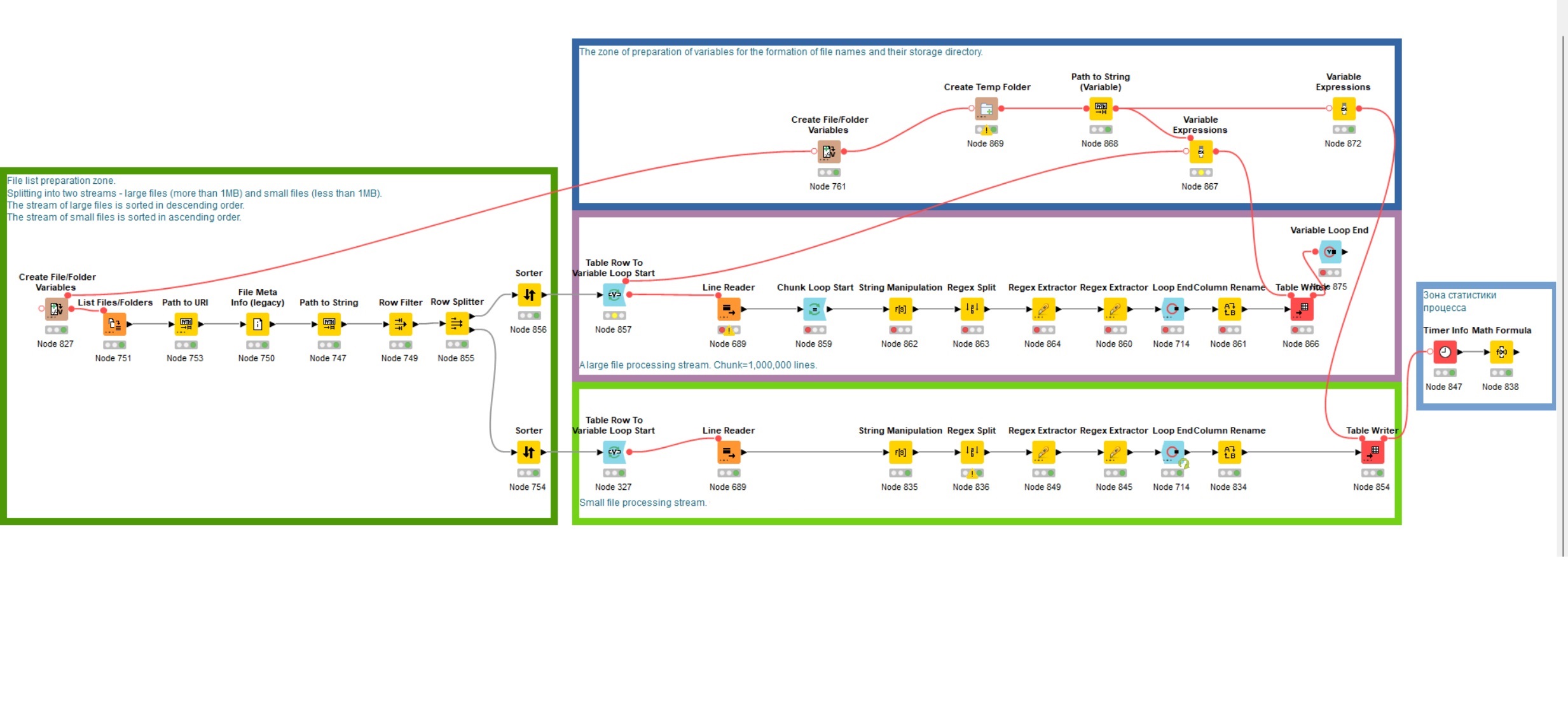


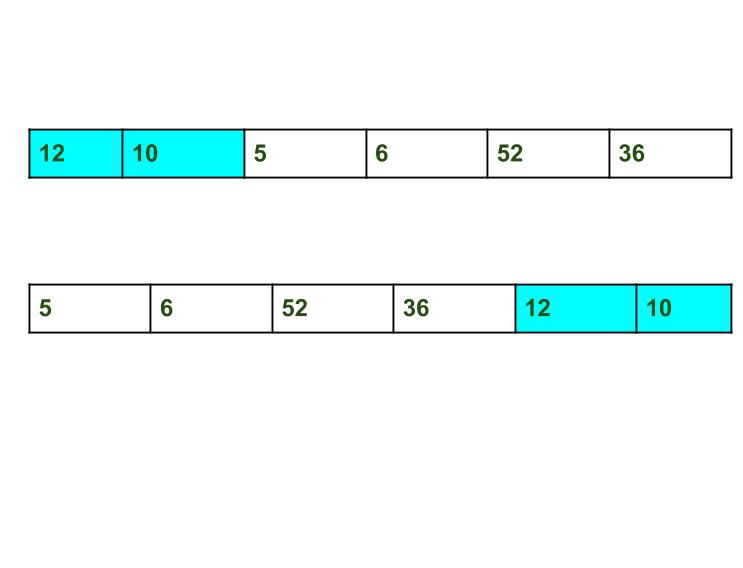




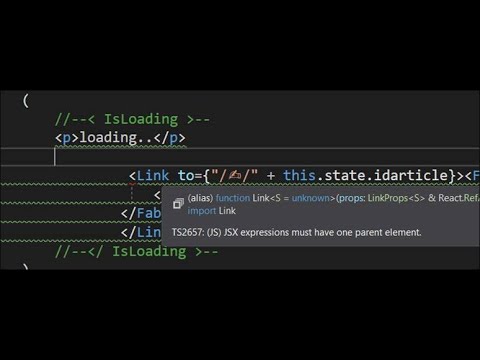

Article link: javascript split array into chunks.
Learn more about the topic javascript split array into chunks.
- javascript – Split array into chunks – Stack Overflow
- How to Split an Array into Even Chunks in JavaScript
- JavaScript Program to Split Array into Smaller Chunks
- JavaScript: Split an array into equally-sized chunks (3 …
- How to Split an Array into Even Chunks in JavaScript
- JavaScript: Chunk an array into smaller arrays of a specified size
- JavaScript String split() Method – W3Schools
- JavaScript: Split an array into equally-sized chunks (3 …
- How can I split an array into chunks in Javascript? – Gitnux Blog
- Split a Javascript Array into Chunks | by Damion Davy | Medium
- Splitting arrays into chunks – Dom Habersack
- JavaScript: Chunk an array into smaller arrays of a specified size
- Split an array into chunks in JavaScript – GeeksforGeeks
- Split an Array Into Chunks in JavaScript – Linux Hint
See more: https://nhanvietluanvan.com/luat-hoc/